Nissan Gtr Nismo Top Speed
► The 2020 R35 Nismo driven
► Race derived tech
► £180k for the ultimate GT-R
The Calsonic Nissan R32 was the first Skyline to earn the Godzilla nickname, simply because it crushed everything else in the 1990 JTC championship – but in 2021 the unusual supercar has even more in common with its namesake.
Every Godzilla story goes roughly the same way; he's powerful, ancient, the last of his kind and loved by the public – but he's constantly under pressure from the powers that be, and at risk of extinction. On further reflection, things are equally sketchy for the Nissan GT-R we're about to drive.
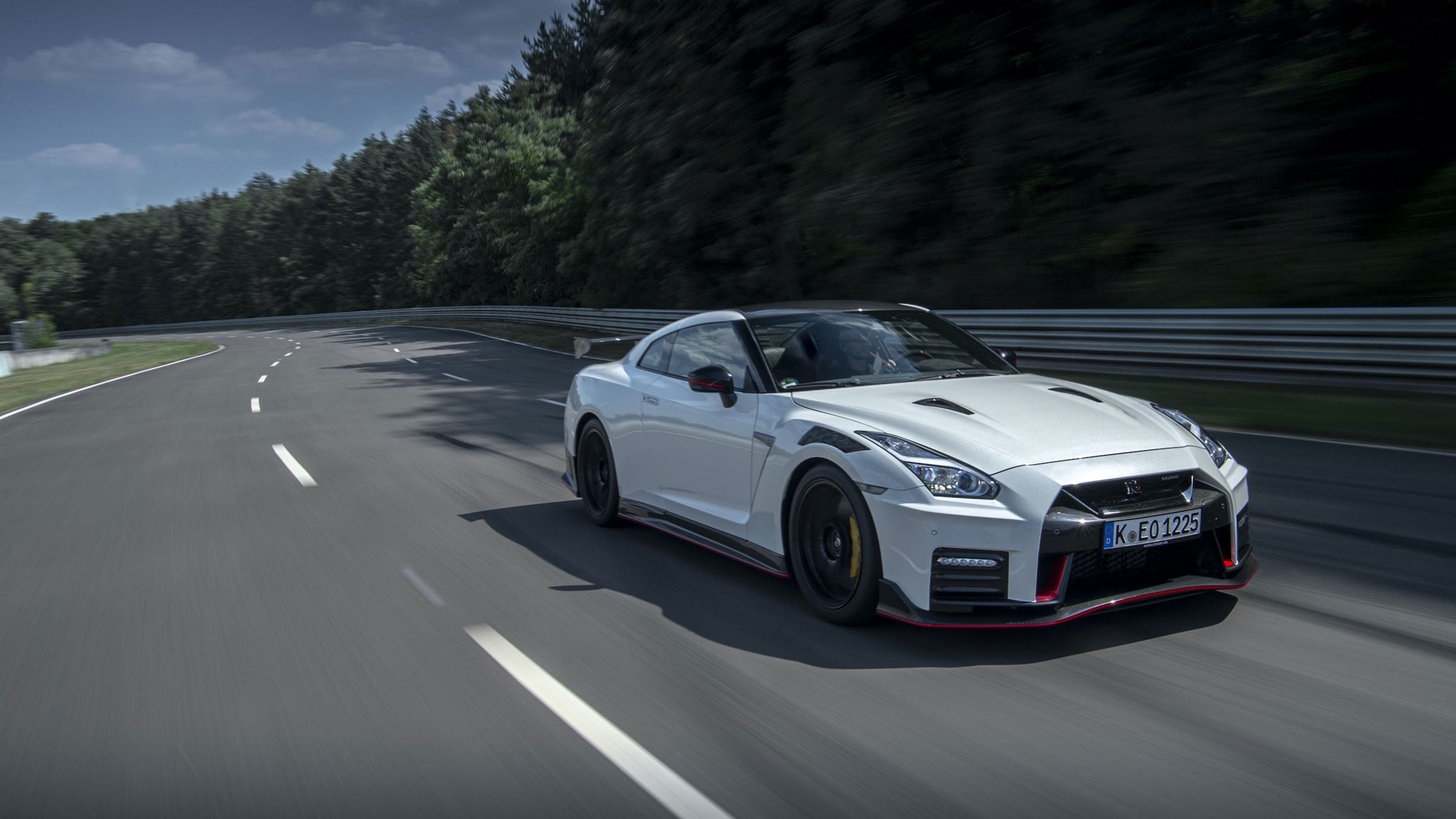
A mixture of flaring nostrils and complex aero, the GT-R hasn't really changed for over a decade – it's a dinosaur, an outlier in Nissan's increasingly electrified line-up. This MY2020 GTR Nismo review arrives as Nissan prepares its electric Ariya crossover – a car as important to the marque as the Leaf – and less than a decade before plans to ban the production and sale of all non-EVs. Godzilla's days are looking numbered, then.
Give me some tech specs
Fire up the twin-turbo 3.8-litre V6 directly in front of you, and the GT-R awakens with a guttural, mechanical bark. Unlike some of its competitors, the GT-R isn't a symphony of cylinders – anyone hoping for more than a washing machine full of concrete will be disappointed. The hand-built V6 vibrates the Alcantara seats in idle and lacks all the refinement of a roadgoing car, but that's because some of it was never intended for road use.
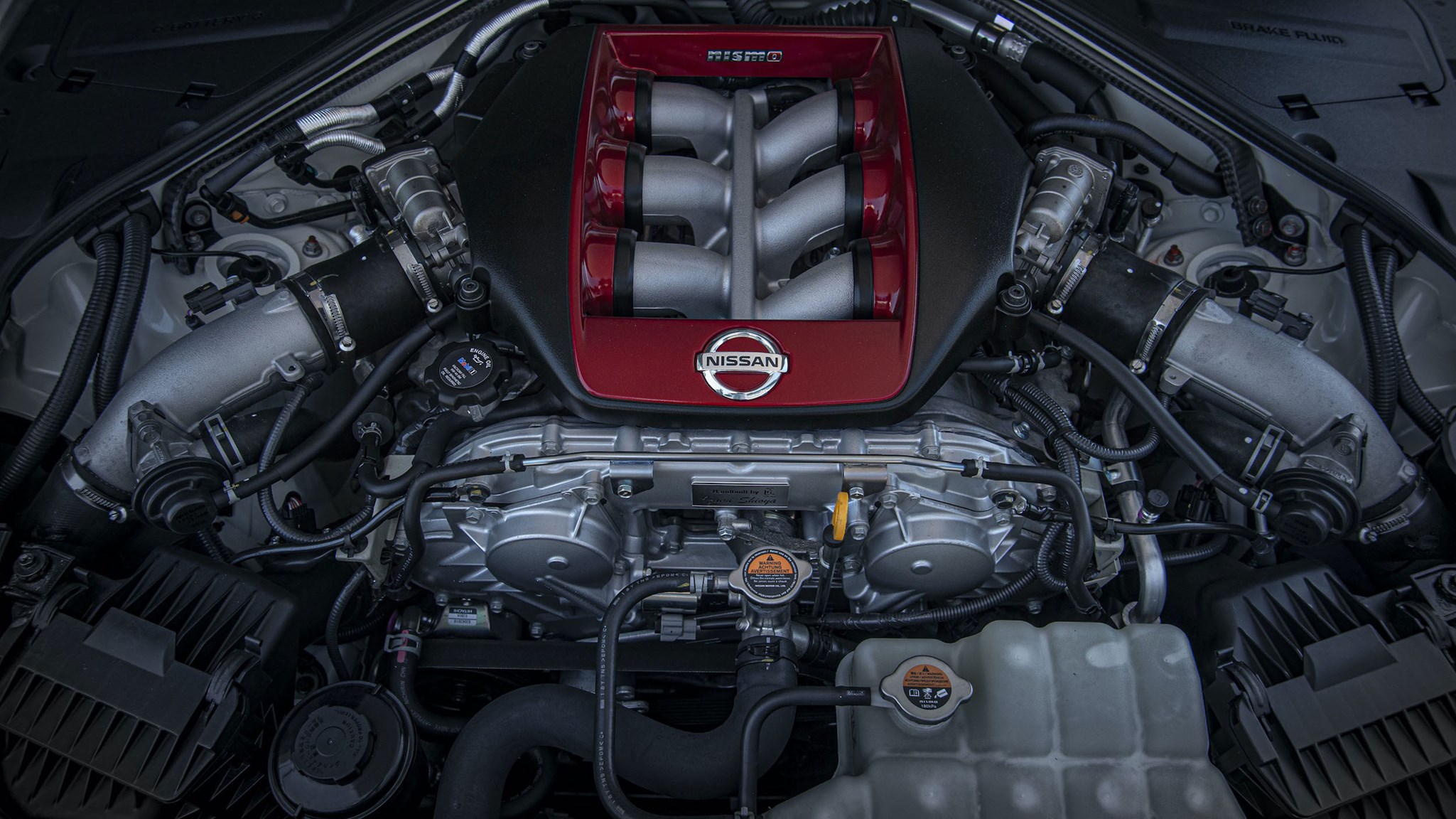
The turbos that help produce the V6's 590bhp are now pulled from Nissan's GT3 project; 14.5% lighter and 20% quicker to spool up, they almost banish turbo-lag completely. In combination with an improved dual-clutch six-speed transmission, they propel the GT-R Nismo from 0-62mph in less than three seconds.
Nissan engineers have upgraded the brakes to cope with the speed: now Brembo ceramics and a pan-worrying 410mm in diameter.
It looks fast
Outside, the Nissan has the same silhouette as before, but more of it has been moulded and hacked to improve airflow: vents above the front wheels minimise turbulence, and the NACA ducts remain on the bonnet. At the rear you'll find a Super GT-esque wing with lethal-looking endplates, and all around, side skirts manhandle air wherever Nissan's designers thought best. The increased use of carbonfibre also saves just under 30kg compared to the previous car.
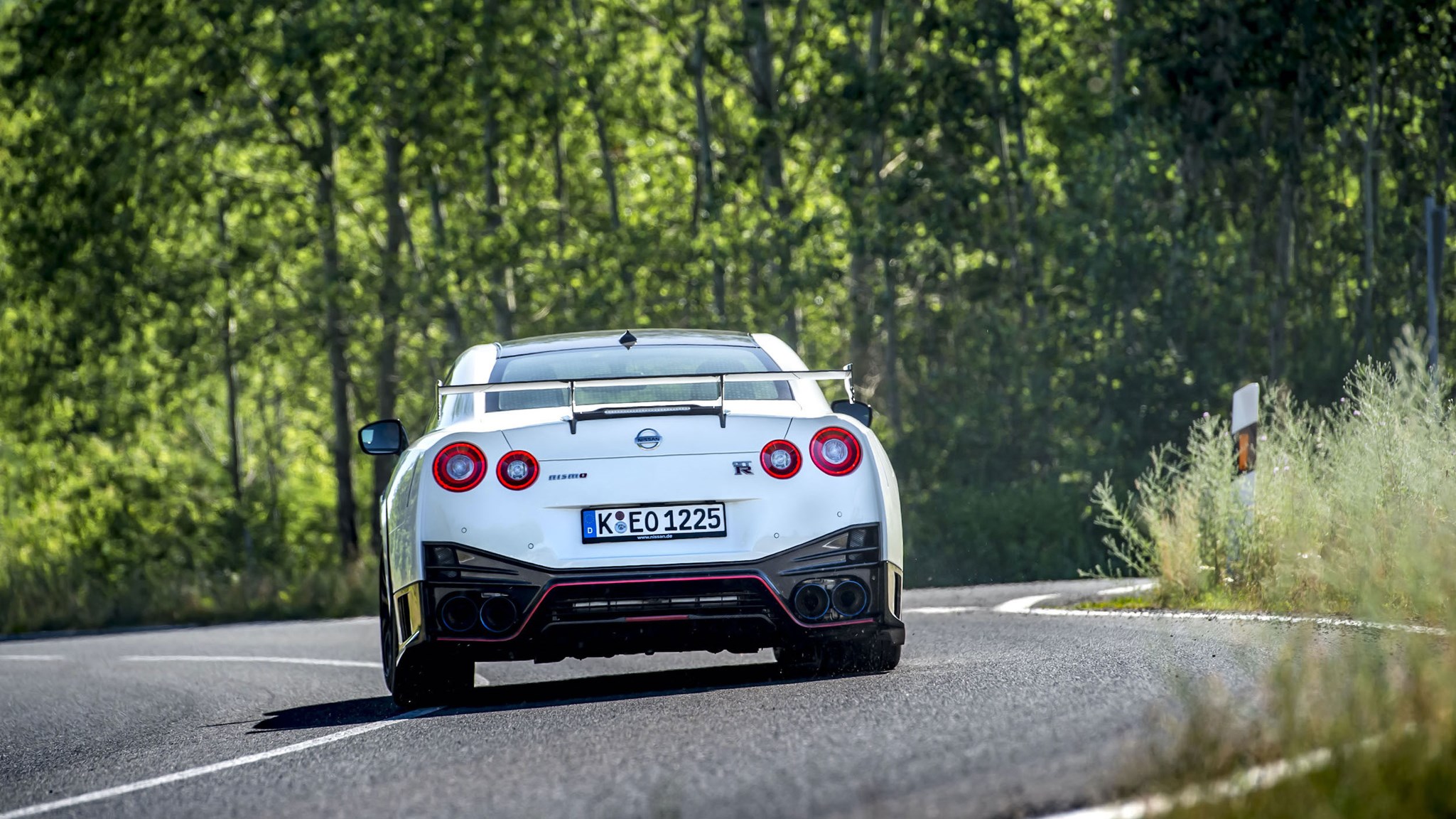
And although the Nissan GT-R has never been about delivering the most sumptuous interior, it's worth noting that it's a time capsule in 2021. When the R35 arrived, its infotainment screen and various engine dials felt like something from a PlayStation 2 game; in 2021, they still feel like something from a PlayStation 2 game, albeit surrounded in stitched leather. The world has moved on, and the once cutting-edge tech of the interior really hasn't.
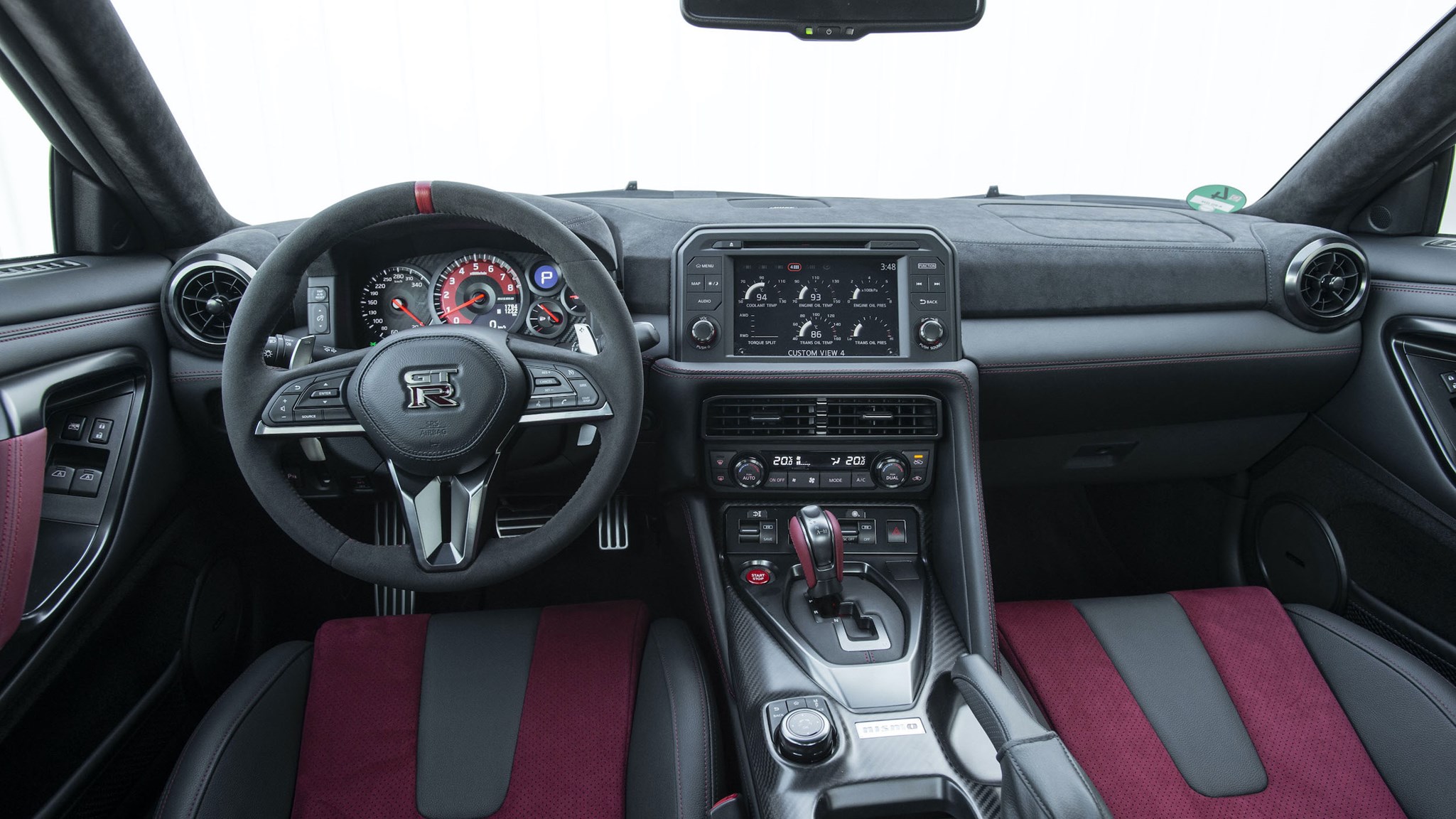
What's it like to drive?
Surreal. The steering is lighter than you'd think, but it's incredibly sensitive too. Despite being 1703kg the GT-R encourages and often requires fingertip handling, with the 55/45 weight distribution helping the front axle really bite. After a few bends, you're cornering at a speed and angle you didn't think was possible.
But it is, and it's thanks to the technology happening all around you. Acceleration is alarming, and the velocity at which the Nissan gets you from point to point is only enhanced by the engine's rather anonymous note; you're often catapulted forward without the audible cues you're usually listening for. Give the right pedal a nudge, and you're up to 70mph without so much as a roar.
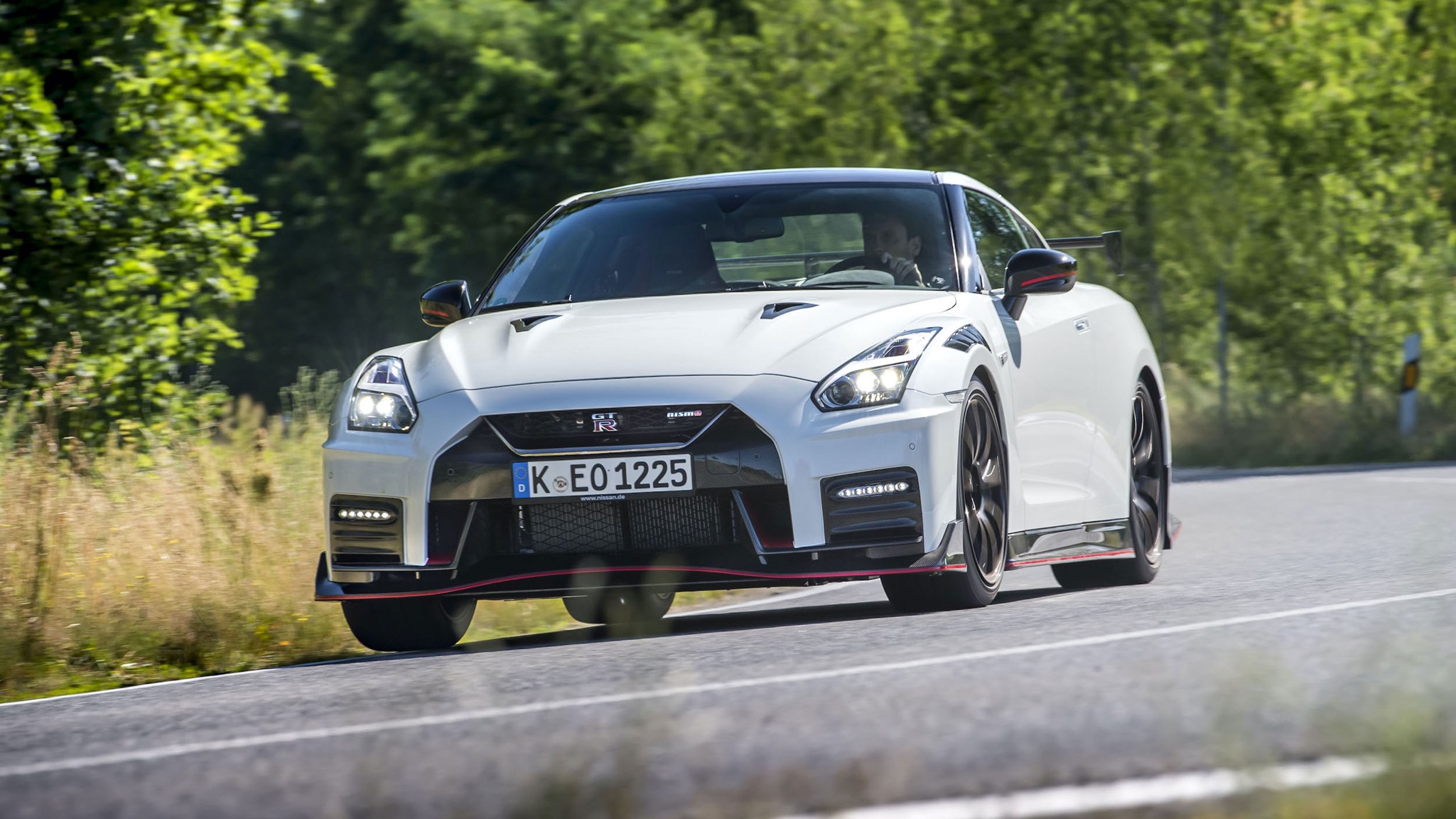
The tech isn't intrusive, though, and most of the time it'll give any driver the illusion of greatness. The GT-R's four-wheel drive and various vehicle management systems hum in the background like a team of black Karuko stagehands in Japanese theatre. Balancing grip and power to all four wheels, they're hard to notice unless you really look for them. And it's only when you do something incredibly ambitious or stupid that you really feel the GT-R's acronyms step in to sort everything out.
Gearshifts are quick and pleasingly haptic. Although you can only grab a couple with all the revs before things get very silly, they still have a sense of violence and urgency that fits in with the racing roots of this car.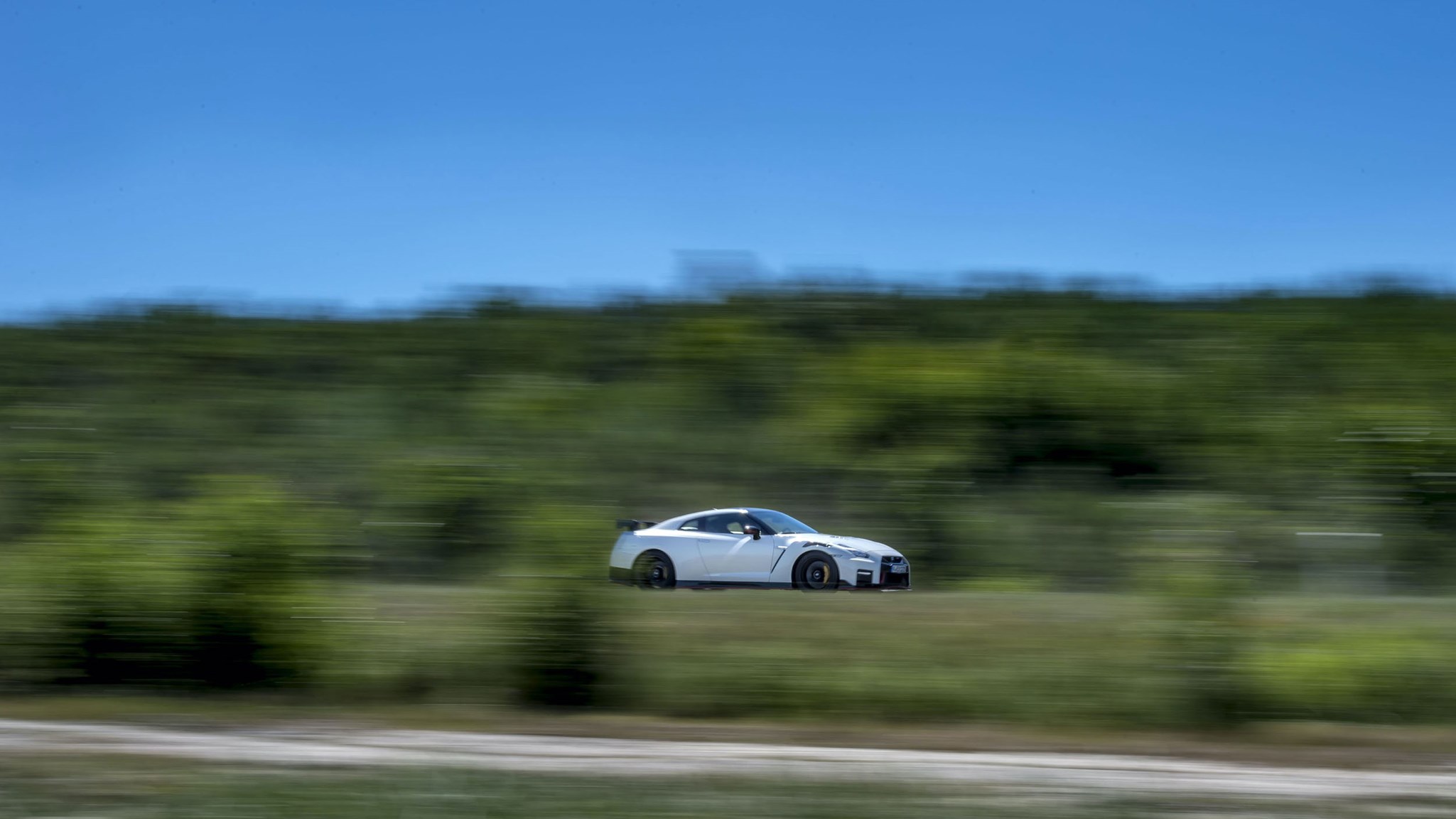
But despite all the tech, the Nissan GT-R still makes you feel incredibly close to the road beneath you. Feedback through the wheel and Nismo-tuned suspension is Ultra HD for your hands; it gives a profile of the road surface only short of opening the door and running your fingers over the tarmac yourself.
On a track, the GT-R Nismo promises mind-meld levels of response, carrying out your wishes precisely and without hesitation. On the road, it cooks your brain like a fried egg.
Can you use it every day?
Yes, but unlike a standard GT-R, you probably wouldn't want to. The Nissan's surgical cornering performance comes at the expense of any sort of ride comfort, and although it behaves to an extent on motorways, the noise and information flowing into the cabin give the impression you're bombing down the Nordschleife's Döttinger Höhe straight.
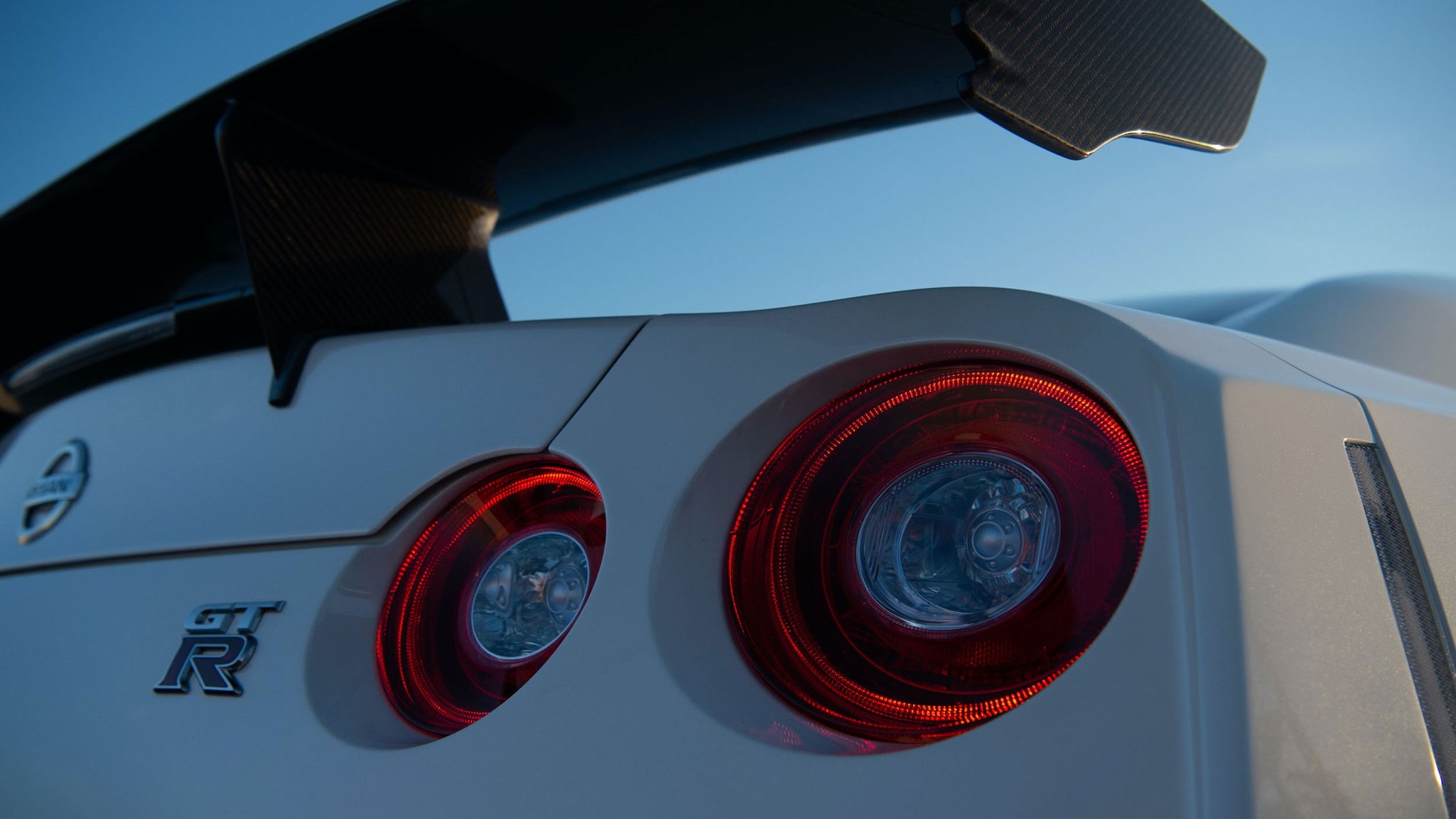
You can take it to a big Tesco, you can do a big shop and even rest your meal deal on its GT3-sized wing – but eventually you won't want to.
Verdict
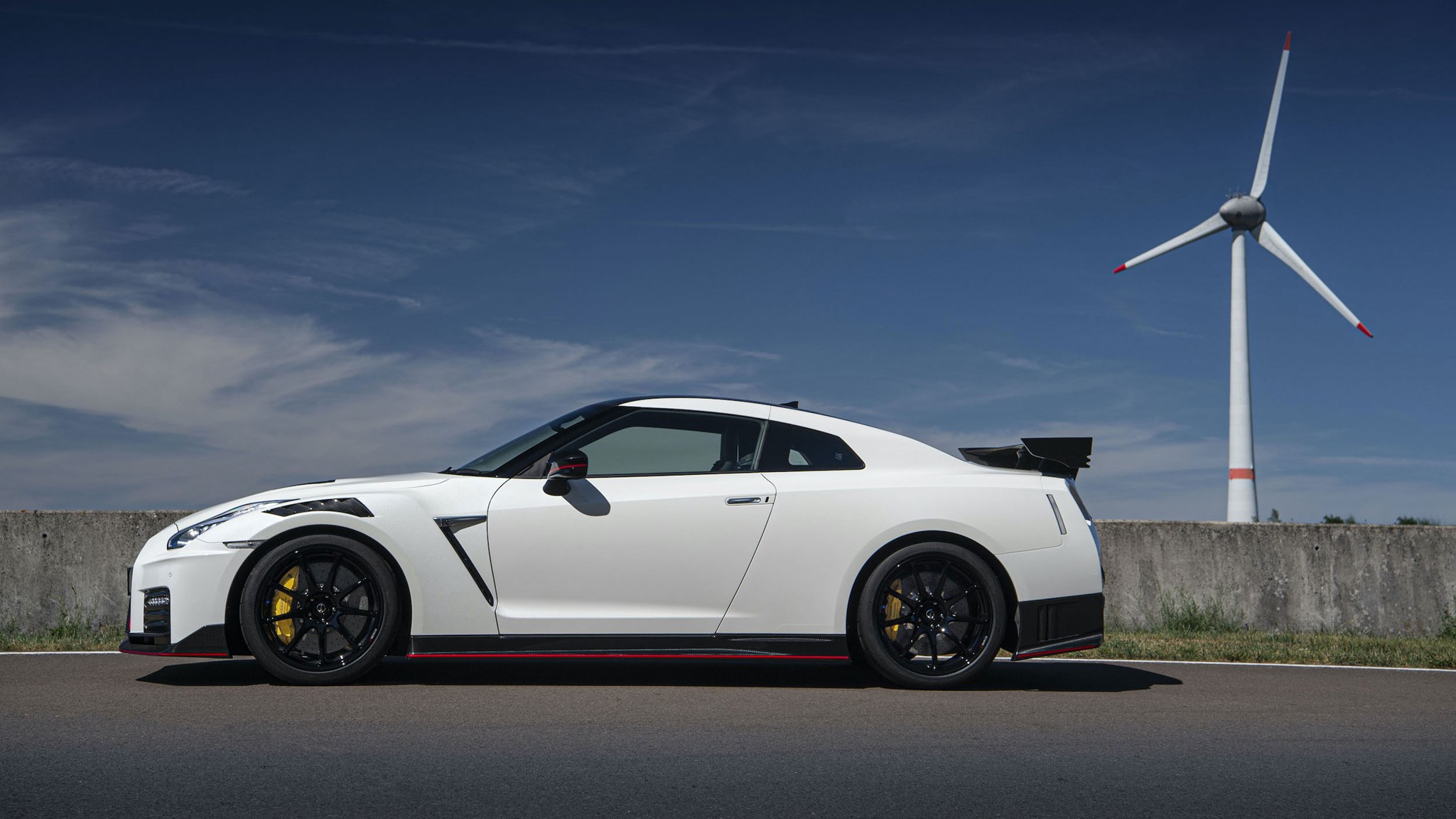
Could this be the last new GT-R Nismo we ever get to drive? It's certainly looking that way. For decades, like its namesake, Nissan's unlikely flagship managed to weather an increasingly hostile landscape – but now the economic climate and new laws suggest the writing is on the wall for Godzilla.
If that really is the case, it's fitting Nissan has thrown all the R&D it can at its cult hero, ensuring the GT-R is retiring at the very top of its game.
Source: https://www.carmagazine.co.uk/car-reviews/nissan/gt-r-nismo/

0 Komentar